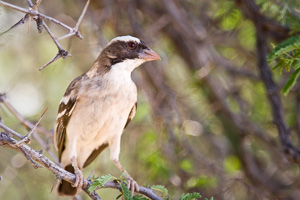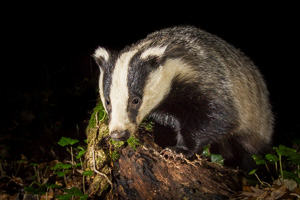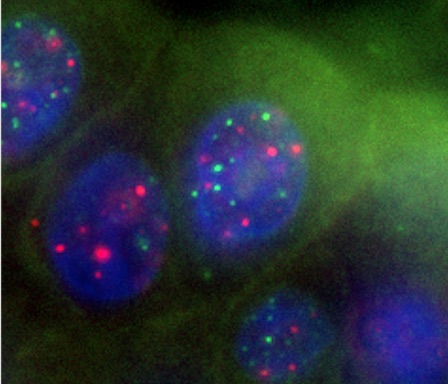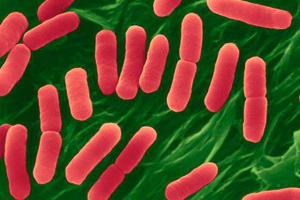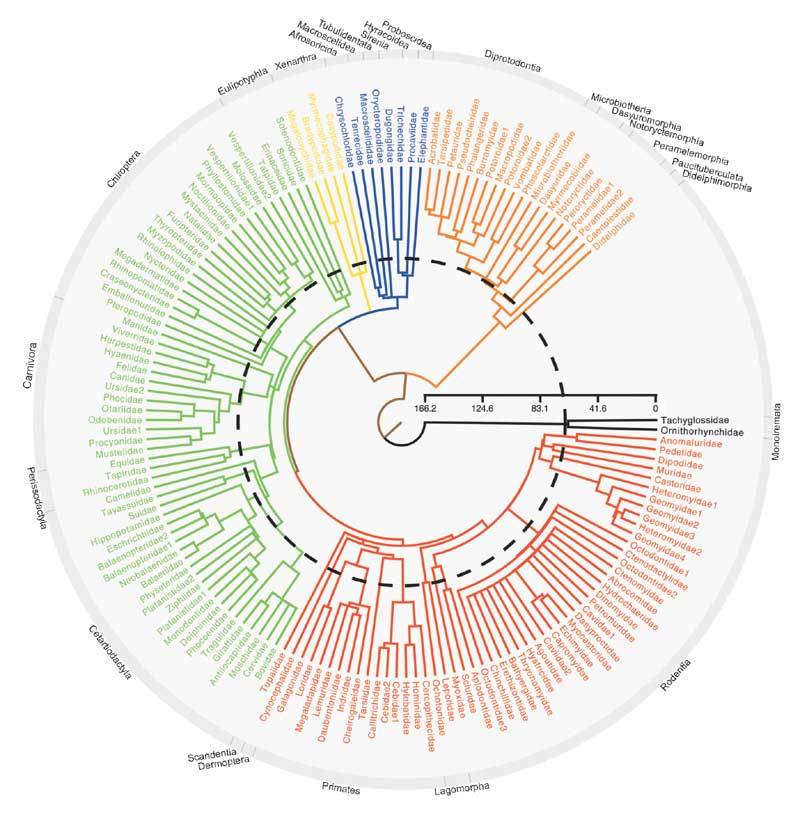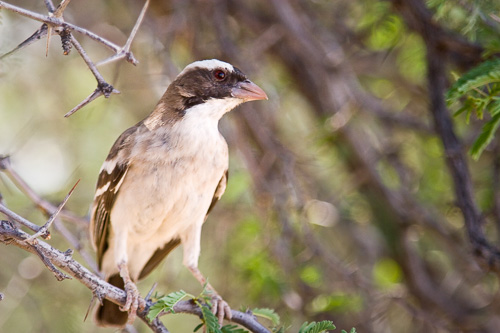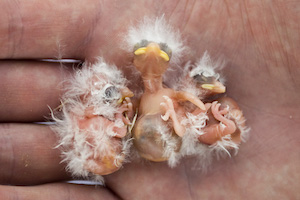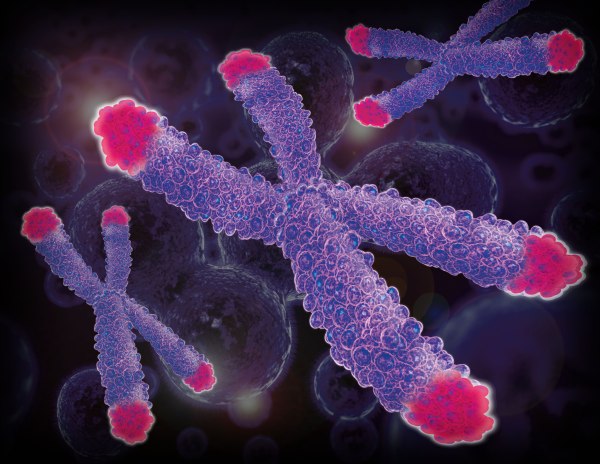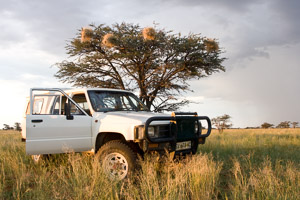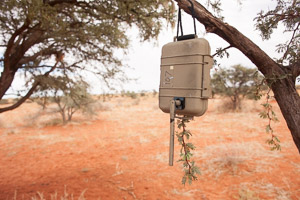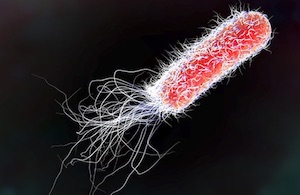Ageing
AGEING: EVOLUTION & MECHANISM
Long-term field studies | Cellular mechanisms | Implications for Disease
Late-life declines in performance have been documented across a wide range of taxa, from birds to bacteria.
Evolutionary ecologists seek to understand the causes of variation in these patterns within and among species, while biomedical researchers probe the mechanisms that underpin ageing and their role in late-life disease.
We take an integrative approach, asking both evolutionary and mechanistic questions, using large longitudinal field studies of natural animal populations to study ageing and disease in ecologically relevant contexts.
IMPLICATIONS OF AGEING
We are particularly interested in the inter-generational effects of ageing and the impacts of ageing on the progression and transmission of infectious disease in natural animal populations.
MECHANISMS OF AGEING
And we investigate the mechanisms that underpin age-related deterioration in performance. We have a particular interest in the roles of telomeres, cellular senescence & inflammageing.
MICROBIAL AGEING
We are combining microfluidics, mathematical models and experimental evolution to study the evolutionary origin of ageing in unicellular lineages.
RECENT HIGHLIGHTS
Evidence of maternal and paternal age effects on speed in thoroughbred racehorses
Sharman P, Young AJ, Wilson AJ (2022) Royal Society Open Science
Social dominance and rainfall predict telomere dynamics in a cooperative arid-zone bird
Wood et al. (2021) Molecular Ecology
Longitudinal evidence that older parents produce offspring with longer telomeres in a wild social bird Brown et al. (2021) Biology Letters
Telomere attrition predicts reduced survival in a wild social bird, but short telomeres do not
Wood E & Young AJ (2019) Molecular Ecology
Bacterial ageing in the absence of external stressors
Łapińska et al . (2019) Philosophical Transactions of the Royal Society
The role of telomeres in the mechanisms and evolution of life-history trade-offs and ageing
Young (2018) Philosophical Transactions of the Royal Society B
Age-related declines in immune response in a wild mammal are unrelated to immune cell telomere length
Beirne et al. (2016) Proceedings of the Royal Society B
Sex differences in senescence: the role of intra-sexual competition in early adulthood
Beirne, Delahay & Young (2015) Proceedings of the Royal Society B
The oxidative costs of reproduction are group-size dependent in a wild cooperative breeder
Cram, Blount & Young (2015) Proceedings of the Royal Society B
Oxidative status and social dominance in a wild cooperative breeder
Cram, Blount & Young (2015) Functional Ecology
MODEL SYSTEMS:
THE SPARROW WEAVER PROJECT
40 SOCIAL GROUPS | LIFELONG PHENOTYPING | TELOMERE BIOLOGY | GENOMIC TOOLS | GENETIC PEDIGREE
My group run a long-term longitudinal field study of this extraordinary social bird in the South African Kalahari desert.
We follow all group members throughout their lives, from egg to adulthood and through to senescence. We now have over
a decade of continuous life-history, genetic, and social behavioural data for >1700 individuals rearing >900 clutches.
They are the naked mole-rats of the bird world: >80% of adult sparrow weavers never breed, but engage instead in
life-long helping of their parents. And they have similarly striking ageing biology; living long lives (>12 years) in which
the social environment shapes their rates of somatic deterioration.
We use a range of molecular tools to investigate the mechanisms of ageing in this natural population,
and the causes of individual variation in rates of somatic decline. We have a particular interest
in the impacts of social behaviour on somatic deterioration during the lifespan,
and the evolution of somatic maintenance and ageing over much longer timescales.
EUROPEAN BADGERS
In collaboration with the Animal and Plant Health Agency (APHA), we use their unique and ongoing 50 year longitudinal field study of the ecology and epidemiology of 25 social groups of European badgers in the UK, to ask questions about the evolution and mechanisms of ageing in a natural population of social mammals.
SOCIAL MICROBES
We also use microfluidic devices to study ageing in unicellular organisms. This approach allows us to longitudinally track the replicative histories of individual cells and their daughters, and to use unrivalled molecular tools to test key hypotheses about the mechanisms and evolutionary origin of ageing.

